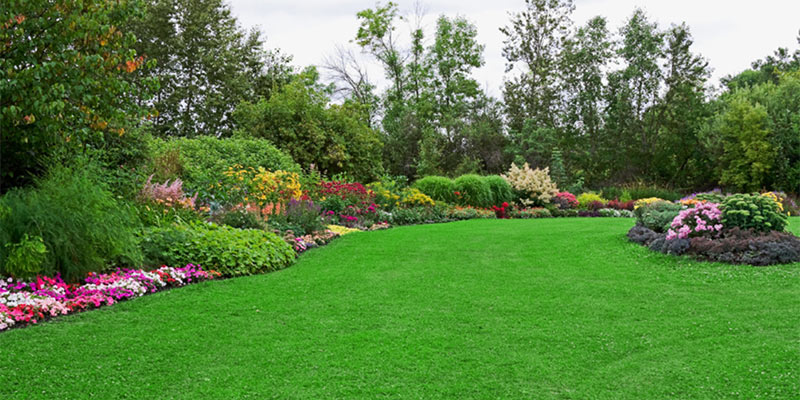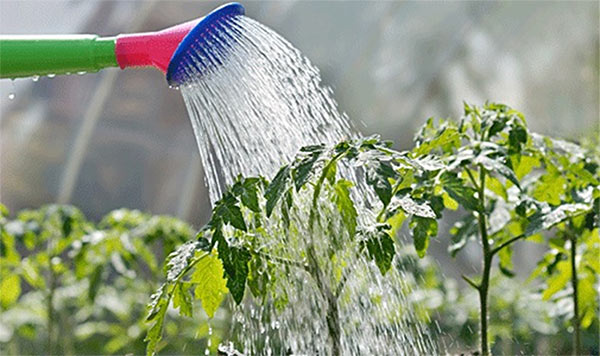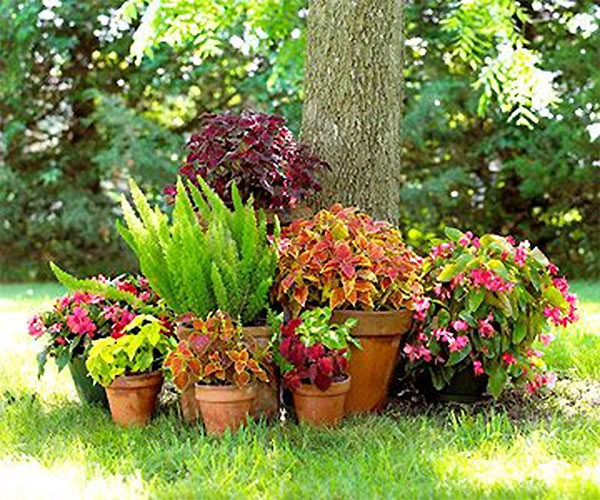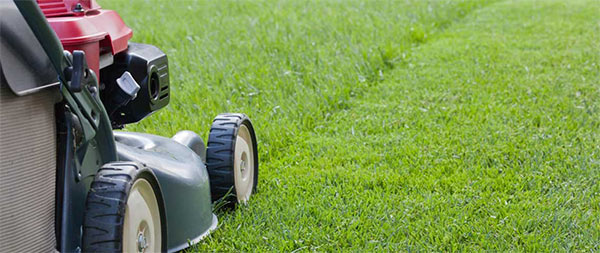
Gardens look lovely when the warmer weather hits and the flowers and plants blossom. However, when the weather ups the ante and turns incredibly dry, humid and sunny for extended periods, it can play havoc with our plants and flowers that need copious amounts of water.
This blog contains several key hints and tips that you need to undertake to ensure that your garden can survive the hot weather and thrive on the other side.
Mulch
Putting down a layer of bark or compost mulch around the perimeter of your plants prevents moisture evaporation by creating a layer of insulation. Be sure to cover any exposed surface roots to prevent them from burning in the sun – this is especially important for vegetables as they require more moisture than other plants.
Water
During a prolonged dry period, watering must be done in the evening or first thing in the morning. Watering them at the height of the heat teaches them to anticipate water during the hottest spell of the day, which, could cause them to droop. Also, any water left on the plant itself from the watering can heat up and singe the leaves.
Using water from a tank that collects rainwater is the best kind of water to use – especially since it’s completely natural.
But if you’re within an area with a hosepipe ban in place, it’s also a great idea to use cooled bath water; making sure you aren’t watering plants that can be eaten without cooking, lettuce for example.
Shade
It’s really important to keep potted plants out of the blistering heat. Moving them to a shady area is the ideal choice, but if there aren’t any, use some shade netting or tarpaulin to keep them cool. Since there’s not much you can do about plants in the ground; a similar covering, quick fix solution will work perfectly.
Prioritise
Recently planted or saplings will need more water to help their growth cycles. Established plants and flowers can look after themselves without water for a little while (especially if you apply mulch around them), so it’s important to prioritise the plants that need the most help.
Time
During a heatwave, time is of crucial importance. Twenty-eight degree heat is not the best time to prune plants, arrange flowers and mow the lawn, in fact, you should avoid mowing during hot weather entirely, but more on that below.
If you must tinker, ensure you do so at dawn, we’re talking 4-5 am kind of dawn, and no later. This way you avoid the heat and give the plants time to adjust before the sun hits them.
Grass
Mowing much less, if at all, during summer heat has several advantages. Firstly, longer grass blades help to create a natural barrier for the soil from the sun, thereby aiding water retention.
Secondly, longer grass creates deep root systems which offer the soil the provisions it needs to retain water and sustain the minute eco-systems of animals and bacteria that live underground.
Mowing the lawn with the same frequency that you would during normal temperatures eradicates the soil protection, drains the moisture and kills the grass.
Summer is a beautiful time, and if you’ve got a garden you’re proud of, you’ll want to spend as much time in the greenery as possible, but when the mercury soars, it makes life difficult for mammals and plants alike. So, when this happens it makes sense to give your garden that little helping hand it needs.



